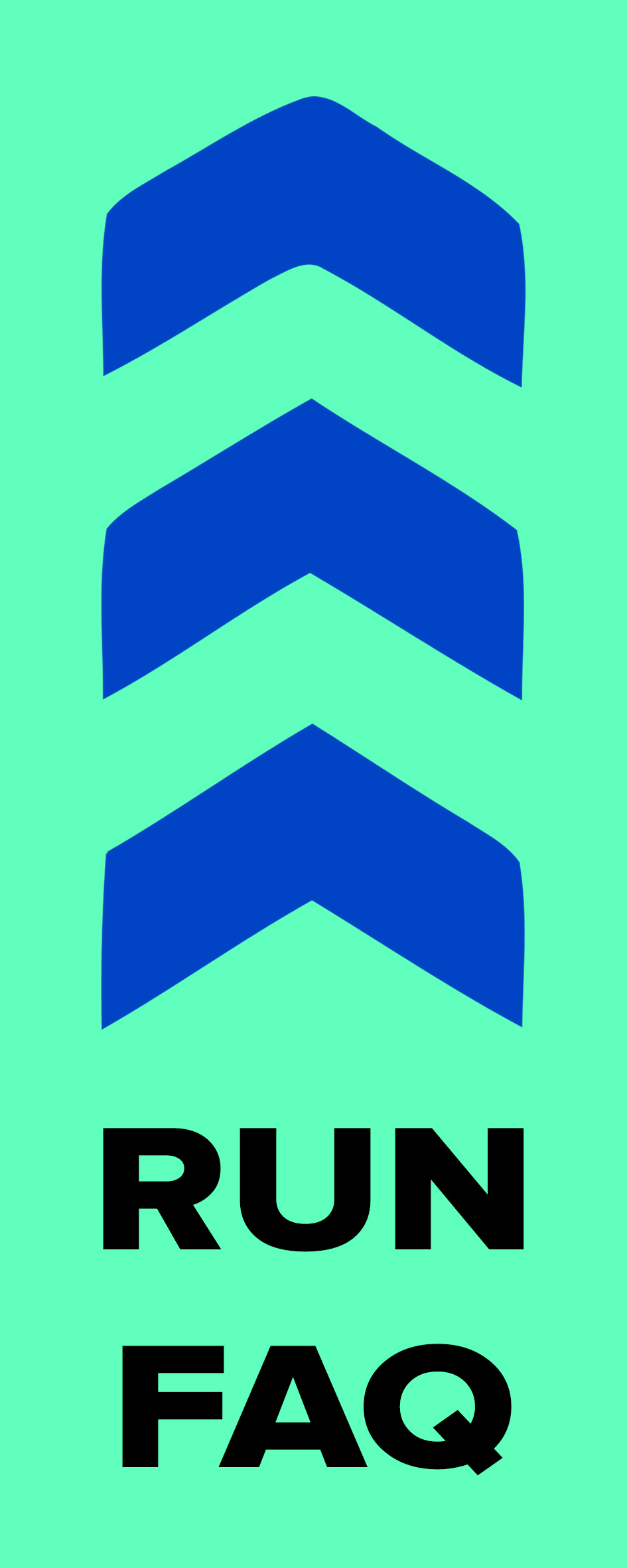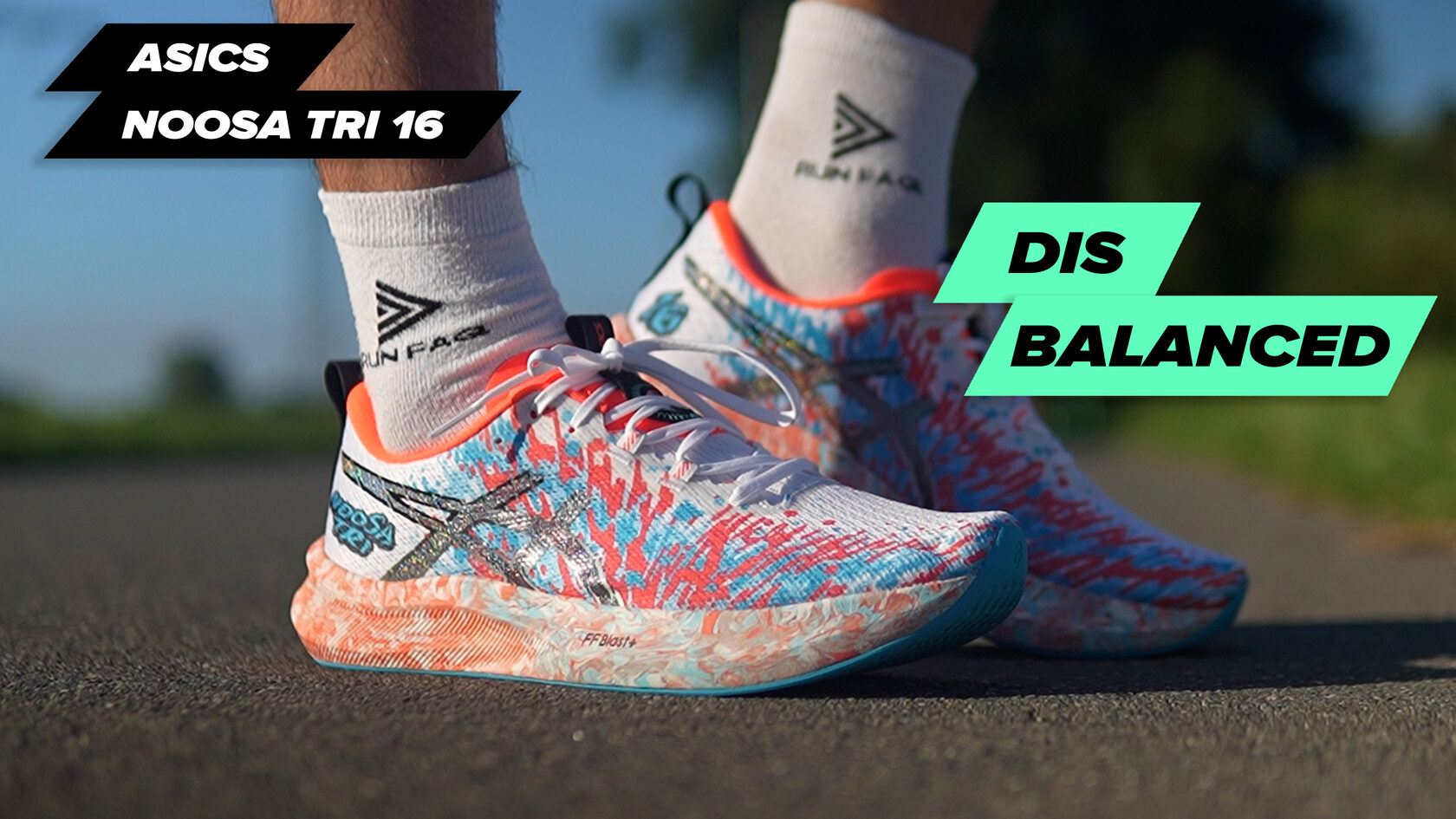ASICS Novablast 5 vs ASICS Nimbus 27
You come to the running store, you see ASICS Novablast for $150. Super bouncy, very joyful. But then you see ASICS Nimbus for $200. Is it really that much better? Let's compare them and outline their use cases.
First easy comparison is the weight. Novablast weighs 298 grams, Nimbus 363 grams. Clearly, Novablast is much more appropriate for a fast pace and more advanced runners. However, it is also not exactly a lightweight pair.
First easy comparison is the weight. Novablast weighs 298 grams, Nimbus 363 grams. Clearly, Novablast is much more appropriate for a fast pace and more advanced runners. However, it is also not exactly a lightweight pair.
Main reason for this is the outsole. Novablast uses increased tread. And rubber weighs a lot. However, I think it is a great option if you plan to use these shoes as daily trainers. In such a case, you do not need extra speed, while more confidence will be appreciated.
Nimbus, meanwhile, uses a very arguable outsole solution—decreased tread. Why would you do such a thing on shoes that are already super heavyweight? An additional 20 grams will not make a difference. I think it is a problem because these shoes are meant for heavier runners. And heavier runners tend to wear out the outsole faster, meaning that these shoes will break apart sooner.
Anyhow, we will get to durability in a minute. Meanwhile, that is their Grip rating.
Nimbus, meanwhile, uses a very arguable outsole solution—decreased tread. Why would you do such a thing on shoes that are already super heavyweight? An additional 20 grams will not make a difference. I think it is a problem because these shoes are meant for heavier runners. And heavier runners tend to wear out the outsole faster, meaning that these shoes will break apart sooner.
Anyhow, we will get to durability in a minute. Meanwhile, that is their Grip rating.

Next is cushioning. Both shoes are outstanding here, although they use different approaches. Novablast is extremely soft—you almost feel like you're on a pillow. It's a joyful feeling.
However, I’m more a fan of the Nimbus approach—increased stack height of stiff foam. Yes, it’s not as fun, but it does the same job. Even 100kg runners will appreciate it.
So, both shoes get maximum points for cushioning, and your choice comes down to other factors.
However, I’m more a fan of the Nimbus approach—increased stack height of stiff foam. Yes, it’s not as fun, but it does the same job. Even 100kg runners will appreciate it.
So, both shoes get maximum points for cushioning, and your choice comes down to other factors.

First key difference is Bounce. Novablast is damn good at it. These shoes feel like they’re injected with springs. The increased softness gives all the energy back to you, and you propel forward. This is better for fast running but also comes with some issues—we’ll cover those in a minute.
Nimbus foam, on the other hand, is as bouncy as a rock. You hardly feel any rebound in these shoes. To be honest, I’m more of a fan of this option because it helps focus on running form during training, but most of you probably won’t find it appealing.
So, please consider these ratings carefully before making your purchase.
Nimbus foam, on the other hand, is as bouncy as a rock. You hardly feel any rebound in these shoes. To be honest, I’m more of a fan of this option because it helps focus on running form during training, but most of you probably won’t find it appealing.
So, please consider these ratings carefully before making your purchase.

The second big difference is Stability. Novablast’s softness is a big issue here—you wobble with every step. If you're a beginner with undeveloped stabilizing muscles, you’ll face significant challenges. Every run will create micro-injuries, which over time could lead to bigger problems.
Nimbus, on the other hand, is steady as a rock. The stiff foam minimizes shaking, and the increased heel cup further enhances stability. If you're looking for something safer, keep these ratings in mind.
Nimbus, on the other hand, is steady as a rock. The stiff foam minimizes shaking, and the increased heel cup further enhances stability. If you're looking for something safer, keep these ratings in mind.

Next thing I want to cover is lockdown. I think both shoes are lacking here.
Novablast uses a stiff heel counter and additional reinforcements on the mesh in front. However, the middle part is missing extra tools to properly secure the foot. Especially considering the bouncy foam—you need to be well connected to it.
Nimbus also features a solid heel counter and extra reinforcements on the mesh in front. Middle part is a bit more solid, but still not enough. These shoes are made for big runners, who create enormous pressure, so you need more elements to secure lock down.
Even though you see a rating 4, in this case, it is not really sufficient for such shoes.
Novablast uses a stiff heel counter and additional reinforcements on the mesh in front. However, the middle part is missing extra tools to properly secure the foot. Especially considering the bouncy foam—you need to be well connected to it.
Nimbus also features a solid heel counter and extra reinforcements on the mesh in front. Middle part is a bit more solid, but still not enough. These shoes are made for big runners, who create enormous pressure, so you need more elements to secure lock down.
Even though you see a rating 4, in this case, it is not really sufficient for such shoes.

Ventilation can’t be bad, because if you lack it, shoes are better suited for cold periods.
Nimbus mesh is a bit more protective and doesn’t allow great airflow. Extra ventilation holes on the tongue bring the overall level to average.
Novablast mesh is a bit more breathable, and additional holes on the tongue are also increased, so these shoes are a bit more oriented towards hot weather, while Nimbus is more balanced.
Nimbus mesh is a bit more protective and doesn’t allow great airflow. Extra ventilation holes on the tongue bring the overall level to average.
Novablast mesh is a bit more breathable, and additional holes on the tongue are also increased, so these shoes are a bit more oriented towards hot weather, while Nimbus is more balanced.

Comfort is a combination of the above-mentioned factors and additional elements. Nimbus features a special interior design. Extra pads on the heel collar secure a really good fit and a soft feeling. On top of that, the deep heel cup and second layer of soft mesh make these shoes really comfortable. However, I also have some suggestions, but I’ll talk about those in the next video.
Novablast also has extra padding, but it’s not as thick or efficient. Plus, the wobbling mentioned earlier makes these shoes rather unpleasant for daily wear.
And as a result, they get the following ratings.
Novablast also has extra padding, but it’s not as thick or efficient. Plus, the wobbling mentioned earlier makes these shoes rather unpleasant for daily wear.
And as a result, they get the following ratings.

Transition, which stands for running efficiency, is rather arguable in both shoes. Neither features a plate to improve lift-off. However, Novablast’s flexibility helps make every step a bit more speed-oriented. You still need to spend a lot of energy controlling, rather than accelerating, so it’s not the best choice for racing.
Nimbus, meanwhile, is absolutely dull. The foam is stiff, and you don’t have any rocker. Again, in the next review, you'll see some better examples.
So, these are the ratings both shoes get for this aspect.
Nimbus, meanwhile, is absolutely dull. The foam is stiff, and you don’t have any rocker. Again, in the next review, you'll see some better examples.
So, these are the ratings both shoes get for this aspect.

Finally, Durability. First of all, this is my prediction, and I could be completely wrong. Novablast will likely lose their bounce features quite soon, because such soft foams can’t maintain them for long. Of course, you can still keep using them for thousands of kilometers.
Nimbus, on the other hand, can’t lose the bounce because it doesn’t have any. However, if these shoes are used by heavier runners, as intended, the outsole will wear off pretty quickly.
So, when I give these ratings, I’m considering bigger runners for Nimbus. If you’re lightweight, it’s a different story.
Nimbus, on the other hand, can’t lose the bounce because it doesn’t have any. However, if these shoes are used by heavier runners, as intended, the outsole will wear off pretty quickly.
So, when I give these ratings, I’m considering bigger runners for Nimbus. If you’re lightweight, it’s a different story.

Now, let’s talk about usage recommendations.
Novablast is amazing for daily training. They’re bouncy, cushioned, and breathable. The increased tread is not an issue since we’re training and not trying to set any records. However, they should only be used by experienced runners with well-developed stability muscles. Beginners should stay away from them. Also, these shoes are not for race day, since the increased weight will limit your results.
Nimbus, meanwhile, is insane for non-running daily wear. The combination of high stability, cushioning, and comfort is the key here. They’re also pretty good for bigger runners who won’t be challenged by terrain and won’t require extra grip. However, they’re not great for mid-weight or lightweight runners, since they don’t offer any advantages for them.
And that’s my final feedback. I’ll keep comparing these to other shoes, so you’ll stay informed about the differences across all brands and models. Stay tuned. Bye bye.
Novablast is amazing for daily training. They’re bouncy, cushioned, and breathable. The increased tread is not an issue since we’re training and not trying to set any records. However, they should only be used by experienced runners with well-developed stability muscles. Beginners should stay away from them. Also, these shoes are not for race day, since the increased weight will limit your results.
Nimbus, meanwhile, is insane for non-running daily wear. The combination of high stability, cushioning, and comfort is the key here. They’re also pretty good for bigger runners who won’t be challenged by terrain and won’t require extra grip. However, they’re not great for mid-weight or lightweight runners, since they don’t offer any advantages for them.
And that’s my final feedback. I’ll keep comparing these to other shoes, so you’ll stay informed about the differences across all brands and models. Stay tuned. Bye bye.

Similar reviews
More products





